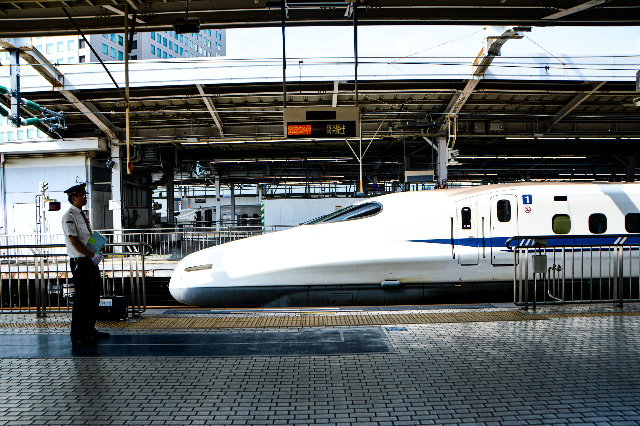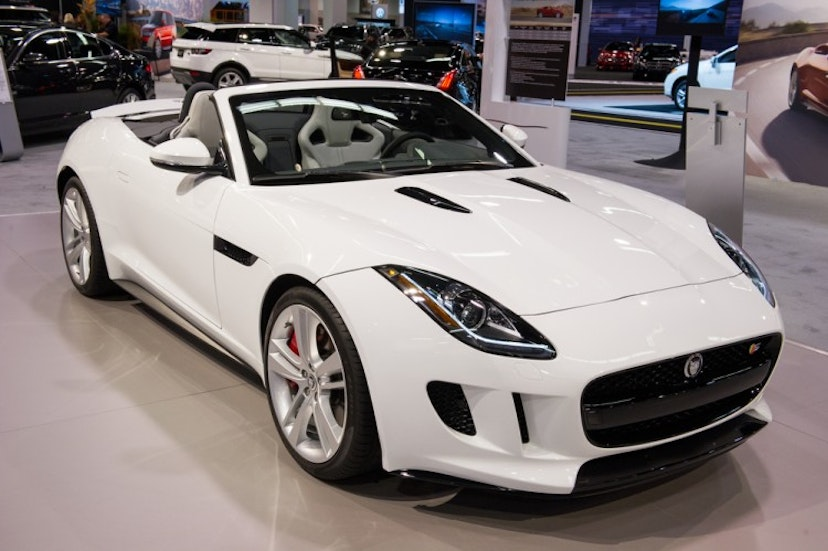Ever since the inception of steam locomotives, there has been an ongoing quest to create the world’s fastest train. Today, German ICEs can reach speeds of up to 330 km/h. Let’s explore which trains currently hold the title for the fastest in the world.
The World’s Fastest Train Achieves 430 km/h Daily
Train manufacturers frequently strive to set new speed records. For instance, in April 2023, China announced plans to develop a Hyperloop system capable of reaching speeds up to 1000 km/h. Initial tests of this maglev train have reportedly achieved these speeds in a near-vacuum tube, allowing for rapid acceleration with minimal energy consumption. This technology could soon enable trains to travel as fast as airplanes.
The first Hyperloop track, also supported by Tesla’s Elon Musk, is projected to be completed by 2035. This track, expected to span 150 kilometers, will connect Shanghai and Hangzhou in China. Even without a vacuum tube, test runs have shown the train can accelerate up to 623 km/h.
Currently, the fastest train in the world is also from China. The “Shanghai Maglev,” a magnetic levitation train, connects downtown Shanghai with Pudong Airport over a 30-kilometer route. The journey takes just seven and a half minutes, with the train reaching speeds up to 460 km/h. On a daily basis, it consistently hits 430 km/h on a brief section of the route, although its typical maximum speed is 300 km/h.
Fastest Trains Surpassing 300 km/h
China boasts the world’s fastest regularly scheduled trains. Alongside the Shanghai Maglev, the CR400 “Fuxing” trains operate at speeds up to 350 km/h in everyday use, accommodating up to 1200 passengers per trip on routes like Beijing-Shanghai and Beijing-Harbin. While China holds the record for the fastest train on an extended route, there is ongoing debate over the second and third fastest trains. Germany’s ICE3 can reach 330 km/h, France’s TGV 320 km/h, and Japan’s Shinkansen also 320 km/h, renowned for its safety and reliability.
The ICE3 has a peak speed of 368 km/h, but typically operates at 250 km/h to 300 km/h due to speed regulations in Germany. In contrast, the TGV regularly runs at 320 km/h, making it the practical speed champion.
Spain’s AVE trains also rank among the fastest, derived from the TGV technology. The AVE S-103 trains travel across Europe’s longest high-speed network, connecting cities like Madrid, Seville, Málaga, Valencia, Galicia, and Barcelona, with an operating speed of 310 km/h. In cases of delays, they can accelerate to 350 km/h. Notably, in 2006, the AVE set a Spanish speed record of 404 km/h.
The Race to 500 km/h and Beyond
The quest for the fastest train began in the 1980s, especially prominent in Europe where ICE and TGV have been in fierce competition. Since 2000, Japan and China have emerged as leaders in high-speed rail. Significant milestones in this race include:
- 406 km/h: From 1988 to 1989, Germany’s InterCityExperimental (ICE/V) reached 406 km/h, a significant achievement in competition with the TGV.
- 482.7 km/h: On December 1, 1989, the TGV demonstrated it could reach 482.7 km/h. By May 1990, the TGV-Atlantique achieved 515.3 km/h.
- 574 km/h: The TGV V150 set the record for a wheeled train at 574 km/h on April 3, 2007.
- 487.3 km/h: The Chinese CRH380BL reached a record speed of 487.3 km/h on January 9, 2011, between Xuzhou and Bengbu.
Maglev and TGV Technology Leading the Future
Magnetic levitation trains represent the pinnacle of high-speed rail. For example, the Japanese JR-Maglev MLX01 reached 581 km/h in December 2003. Building on this technology, the Shinkansen L0 can achieve speeds up to 603 km/h, transitioning from rubber wheels at low speeds to magnetic levitation for higher speeds, reducing friction and enabling new speed records. Public operation of the Shinkansen L0 is expected by 2027.
The TGV’s technology has been adopted worldwide, including in Spain, South Korea, Taiwan, Morocco, Italy, and the United States. Morocco’s high-speed line, operational since 2018, connects Tangier to Casablanca and allows trains to travel up to 320 km/h, with the current African speed record at 357 km/h.
In summary, the global race for high-speed rail continues to push the limits of technology and engineering, with China, Japan, and Europe leading the charge toward ever-faster train travel.




